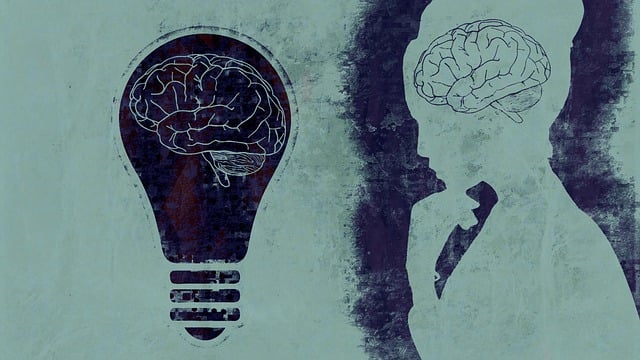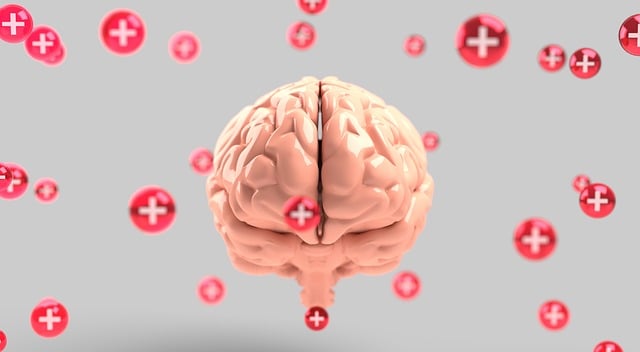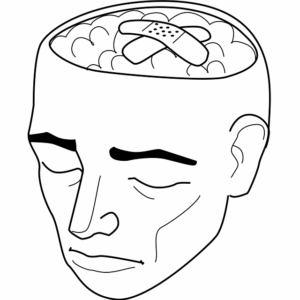Attachment-based Family Therapy (ABFT) is a mental health psychotherapy approach that leverages attachment theory to strengthen family bonds and improve overall well-being. Through tailored interventions, therapists help families address early attachment styles, resolve conflicts, enhance communication, and foster secure relationships. Combining techniques like CBT, mindfulness, and individual/family counseling, ABFT addresses emotional dynamics, promotes empathy, and modifies unhealthy patterns. While effective for trauma and complex family issues, it may not suit severe mental health or substance abuse cases. Future research should explore adaptations, remote sessions, and shorter interventions to enhance accessibility.
Attachment-based family therapy (ABFT) is a revolutionary approach in mental health psychotherapy that focuses on understanding and strengthening familial attachments. By building upon Attachment Theory, ABFT aims to improve communication, empathy, and emotional regulation within families. This comprehensive guide explores key principles, therapist roles, and strategies for identifying and enhancing secure attachments. We’ll also delve into its benefits, limitations, and future directions, providing insights for parents, children, and mental health professionals alike.
Understanding Attachment Theory and Its Foundation in Family Dynamics

Attachment theory, pioneered by John Bowlby and Mary Ainsworth, is a fundamental concept in understanding human relationships and emotional connections. This theory posits that individuals form internal working models of themselves and others based on early interactions, particularly with primary caregivers during childhood. These internal representations shape how we perceive and engage in relationships throughout our lives. In the context of family therapy, attachment theory provides a lens to explore and understand the dynamics between family members, especially parents and children.
Mental health psychotherapy recognizes that these early attachments can have a profound impact on later mental health and well-being. Attachment-based family therapy leverages this understanding to help families identify and modify unhealthy patterns, fostering more secure and positive relationships. By creating a safe and supportive environment, therapists assist families in exploring their attachment styles, recognizing unmet needs, and developing more adaptive behaviors, ultimately improving communication and emotional intimacy within the family unit.
Key Principles of Attachment-Based Family Therapy (ABFT)

Attachment-based family therapy (ABFT) is a powerful approach in mental health psychotherapy that focuses on understanding and strengthening emotional connections within families. This therapeutic method is rooted in attachment theory, which emphasizes the significant impact of early relationships on an individual’s overall well-being and mental health. ABFT aims to create a safe and supportive environment where family members can explore their attachments, resolve conflicts, and enhance communication.
The key principles of ABFT involve promoting secure attachments, fostering empathy and understanding, and encouraging family members to take on new roles and behaviors. Therapists assist families in identifying and modifying unhealthy patterns of interaction, helping them develop more adaptive ways of relating to one another. This process involves individual therapy, couple counseling, and family sessions, all tailored to address specific needs and challenges within the family system. By targeting attachment issues, ABFT aims to bring about lasting positive changes in emotional regulation, interpersonal relationships, and overall mental health.
The Role of Therapists in ABFT: Skills and Techniques Employed

In Attachment-based Family Therapy (ABFT), therapists play a pivotal role in facilitating change and enhancing family relationships. Skilled therapists utilize a range of techniques to create a safe, supportive, and non-judgmental environment where each family member feels heard and understood. They employ active listening, empathy, and reflective listening to help families explore their emotional connections and patterns of interaction.
The therapists’ expertise in mental health psychotherapy allows them to guide families through complex emotions, resolve conflicts, and promote secure attachments. They use specific interventions tailored to individual needs, such as behavioral activation, cognitive reframing, and family coaching. By fostering open communication and strengthening familial bonds, ABFT therapists empower families to navigate challenges more effectively and cultivate lasting positive relationships.
Identifying and Enhancing Secure Attachments Within Families

In attachment-based family therapy, one of the primary goals is to identify and enhance secure attachments within families. This involves understanding the unique attachment styles of each family member, which can range from secure to anxious or avoidant. Psychotherapy techniques are used to foster healthier attachment patterns by promoting open communication, empathy, and trust. By creating a safe and supportive environment, therapists help families recognize and respond to each other’s emotional needs in more effective ways.
Through structured activities and conversations, family members learn to understand their own attachment styles and those of their loved ones. This heightened awareness enables them to navigate conflicts with greater sensitivity, strengthen bonds, and improve overall mental health. The process encourages everyone involved to develop secure attachments, leading to more stable and fulfilling relationships within the family unit.
Addressing Attachment Issues: Strategies for Parents and Children

Addressing attachment issues is a core aspect of Attachment-based family therapy, offering valuable strategies for both parents and children to improve their relationships and overall mental health. This approach recognizes that early attachment experiences shape future interactions, and by understanding and modifying these patterns, families can foster healthier dynamics. Parents are encouraged to create a safe and supportive environment, allowing children to develop secure attachments. This involves consistent responsiveness, empathy, and unconditional love, ensuring children feel heard and understood.
In the therapy process, parents learn effective communication techniques, conflict-resolution strategies, and positive discipline methods. Children engage in activities that promote self-awareness and emotional expression, helping them understand and regulate their feelings. Through play therapy, storytelling, or art sessions, kids can explore their attachment needs and boundaries in a safe space. This collaborative effort between parents and therapists empowers families to navigate challenging behaviors, strengthen bonds, and ultimately enhance the family’s overall well-being through psychotherapy.
Integrating Other Psychotherapy Approaches within ABFT Framework

Attachment-based family therapy (ABFT) stands out for its holistic approach, integrating various psychotherapy techniques to address complex mental health issues within families. By combining elements from cognitive-behavioral therapy (CBT), mindfulness practices, and other evidence-based methods, ABFT offers a comprehensive strategy tailored to each family’s unique dynamics. This integration enables therapists to navigate intricate relationships, emotional patterns, and communication styles, fostering healthier attachment and improving overall mental well-being.
The versatility of ABFT allows therapists to adapt their approach based on individual needs. For instance, CBT techniques can help families identify and challenge negative thought patterns, while mindfulness practices promote present-moment awareness and emotion regulation. This multi-modal strategy not only enhances the effectiveness of therapy but also ensures a more personalized experience, catering to diverse mental health psychotherapy needs within the family unit.
Benefits, Limitations, and Future Directions of Attachment-Based Family Therapy

Attachment-based family therapy (ABFT) offers several benefits for improving family relationships and enhancing mental health. By focusing on attachment patterns, this therapeutic approach helps individuals understand and modify insecure attachment styles, fostering healthier interactions within families. ABFT promotes emotional regulation, communication skills, and empathy among family members, which can lead to improved conflict resolution and increased overall well-being. This therapy is particularly effective for addressing challenges related to trauma, loss, or complex family dynamics.
Despite its advantages, ABFT also has limitations. It may not be suitable for all families, especially those with severe mental health disorders or substance abuse issues, as it requires active participation and a certain level of emotional accessibility. Moreover, the process can be time-consuming and demand significant commitment from clients. Future research and practice should explore ways to adapt ABFT for diverse populations, incorporate technology for remote sessions, and develop shorter, more intensive interventions to enhance accessibility and address broader communities’ mental health psychotherapy needs.
